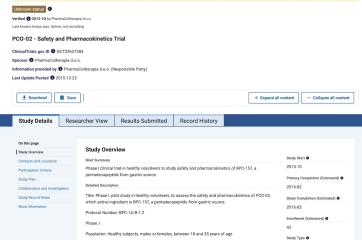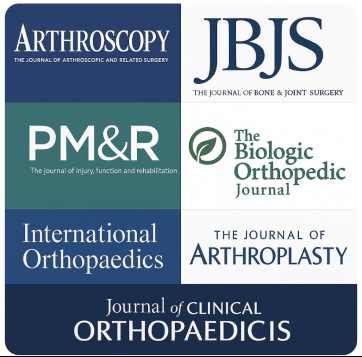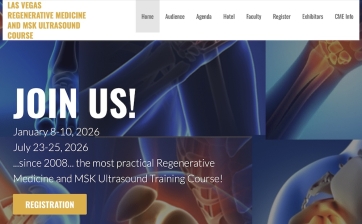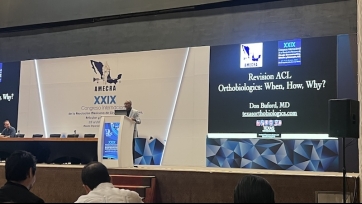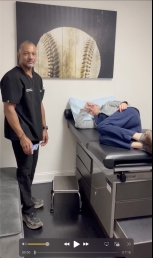What do the World Series and PRP (Platelet Rich Plasma) have in common? Value!
This picture shows ticket prices for an upcoming World Series game between the Dodgers and Blue Jays. For 2 people to go, it costs more than the average price for single PRP injection...even in the nosebleed bleacher seats. The game will last about 3.5 hours and other than the memories the money spent is gone that night...no ongoing daily benefits. There will be 41,500 people at this game who value this one game more than a PRP injection.


